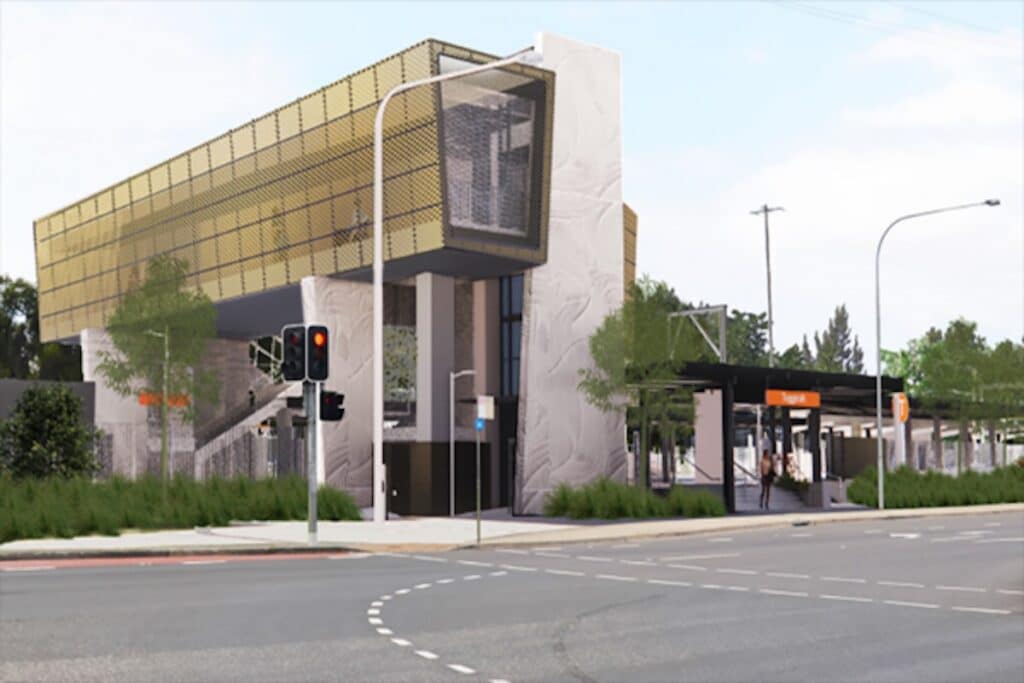Construction has finally been completed on the $40 million Tuggerah Station upgrade, designed to make public transport safer and more accessible.
While the station itself received a makeover, with new lifts, footbridge and concourse, those switching to buses also took home a win.
- Subscribe to our free weekly newsletter to receive the latest news and classifieds from Australasia’s bus and coach industry
- Don’t miss a second and subscribe to our monthly ABC magazine
The exisiting bus stops received much needed upgrades, with new footpaths, enhanced lighting, CCTV and pedestrian signage around the area.
These changes mark the first upgrades at Tuggerah since ramps and a footbridge were added in 1988.
Central Coast commuters now have a train station that is easy to use for all passengers – especially people with disability, older people, people with prams or luggage and others who might be experiencing mobility problems.
“The Central Coast is a growing community with many workers commuting to Sydney to work,” NSW premier Chris Minns says.
“We have delivered the upgraded train station and transport interchange that Tuggerah deserves.
“Thousands of Tuggerah commuters will benefit from this upgrade – the first major upgrade in nearly 40 years for this station.”
These latest works come as part of the government’s $800 million Safe Accessible Transport program, which is accelerating train station upgrades across the network.
Thousands of commuters will benefit from the rollout of the program designed to make public transport safer and more accessible, particularly for vulnerable members of the community.
“This Tuggerah Station upgrade is another milestone in the Minns Labor Government’s plans to build a more inclusive NSW,” disability inclusion minister Kate Washington says.
“Investing in accessible public transport is an investment in an inclusive society, where everyone can travel with dignity and independence.
“Upgrades like this don’t just improve infrastructure—they improve lives by enabling everyone to fully participate in their communities.”
Read more:


